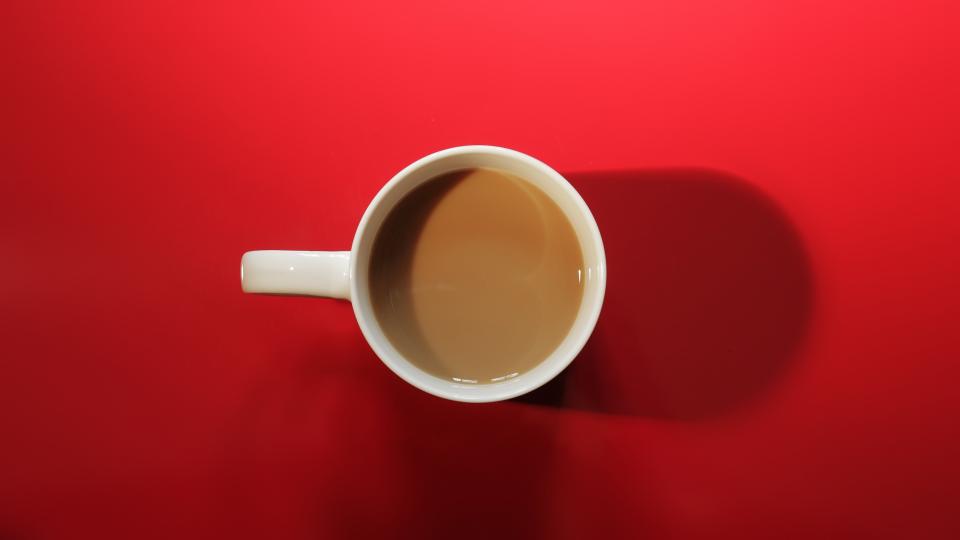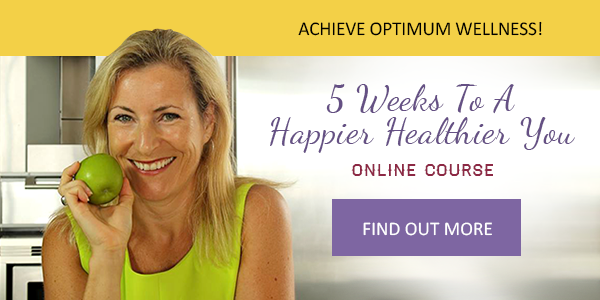Enjoy your Java!
 Contributed by
Liza Rowan
July 4, 2015
Contributed by
Liza Rowan
July 4, 2015


Many us of enjoy caffeine socially (particularly coffee), and it has been part of traditions in many cultures for centuries. Caffeine is a naturally existing substance found in more than 60 plants including, more commonly, coffee beans, cocoa beans and tea leaves. Caffeine can also be ‘manufactured’ for use in food additives, medicines and appetite suppressants.
Caffeine stimulates the central nervous system, the heart and respiratory system, and is used by many people as an energy booster. Known benefits range from cognitive (quicker reasoning and decision making), physical (improved endurance, reaction time and increased metabolic rate), affective (mood enhancer and energizer) and therapeutic (protects body and brain cells by providing antioxidants).
On the other hand, caffeine in higher doses can cause mineral depletion (e.g. calcium, thereby effecting bone health), hyperactivity, insomnia, heartburn, irregular heartbeat and high blood pressure. Some people are particularly sensitive to caffeine, and if this is the case all sources should be avoided. Caffeine has been linked to miscarriages, so it should be avoided by anyone pregnant or trying to conceive.
For the majority of us however, an intake of 300-400mg a day is deemed safe for healthy adults. To ensure that you are not moving into the ‘unhealthier’ zone, refer to the caffeine levels in some of everyday drinks and foods.
Type of Coffee Caffeine (milligrams)
Generic Brew (250ml) 95 – 200
Generic Instant (250ml) 60 – 100
Generic Decaffeinated (250ml) 2 – 10
Espresso (30ml) (and Espresso based drinks) 60 – 80
Teas and other drinks Caffeine (milligrams)
Black Tea (250ml) 40 – 60
Green Tea (250ml) 20 – 30
Colas (300ml) 30 – 50
Energy drinks (300ml) 100 – 150
Other Items Caffeine (milligrams)
Chocolate Milk Drinks (300ml) 10 – 15
Milk Chocolate (30gm) 5 – 10
Dark Chocolate 70% (30gm) 10 – 20
Coffee flavoured Ice-cream (250ml) 40 – 60
Note that the level of caffeine in coffee drinks can vary depending on the grinding and roasting methods used, along with brewing time. Interestingly, espresso coffee (used in standard coffee drinks such as lattes and cappuccinos) contains a lot less caffeine than drip or brewed coffee, contrary to common perception.
As coffee beans are often sprayed heavily with pesticides, it is best to choose organic beans, along with checking that Fair Trade practices apply. This also means avoiding sugary processed foods, which will use the cheapest of beans, and possibly not ethically sourced.
As with all things, choose wisely, in moderation, and enjoy…
‘At times in history coffee has been hailed as a medicinal cure-all and at others condemned as the devil’s brew’ (CoSIC website).
Your life is a canvas; make sure you paint yourself a whole lot of colourful days.
Visit the Health and Vitality page to find out more about Liza's work.
Image: www.stocksnap.io
Did you enjoy this post? Please comment, like and share!











Sorry, the comment form is closed at this time.